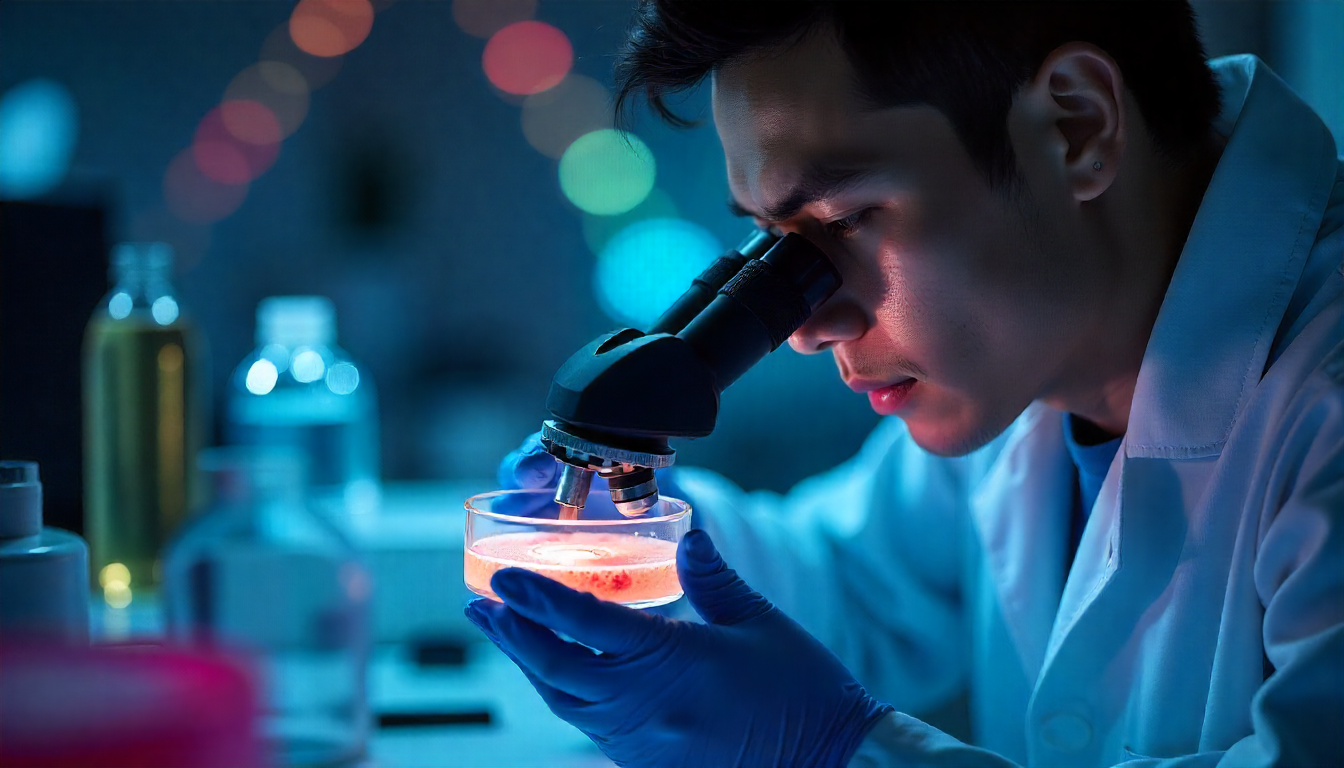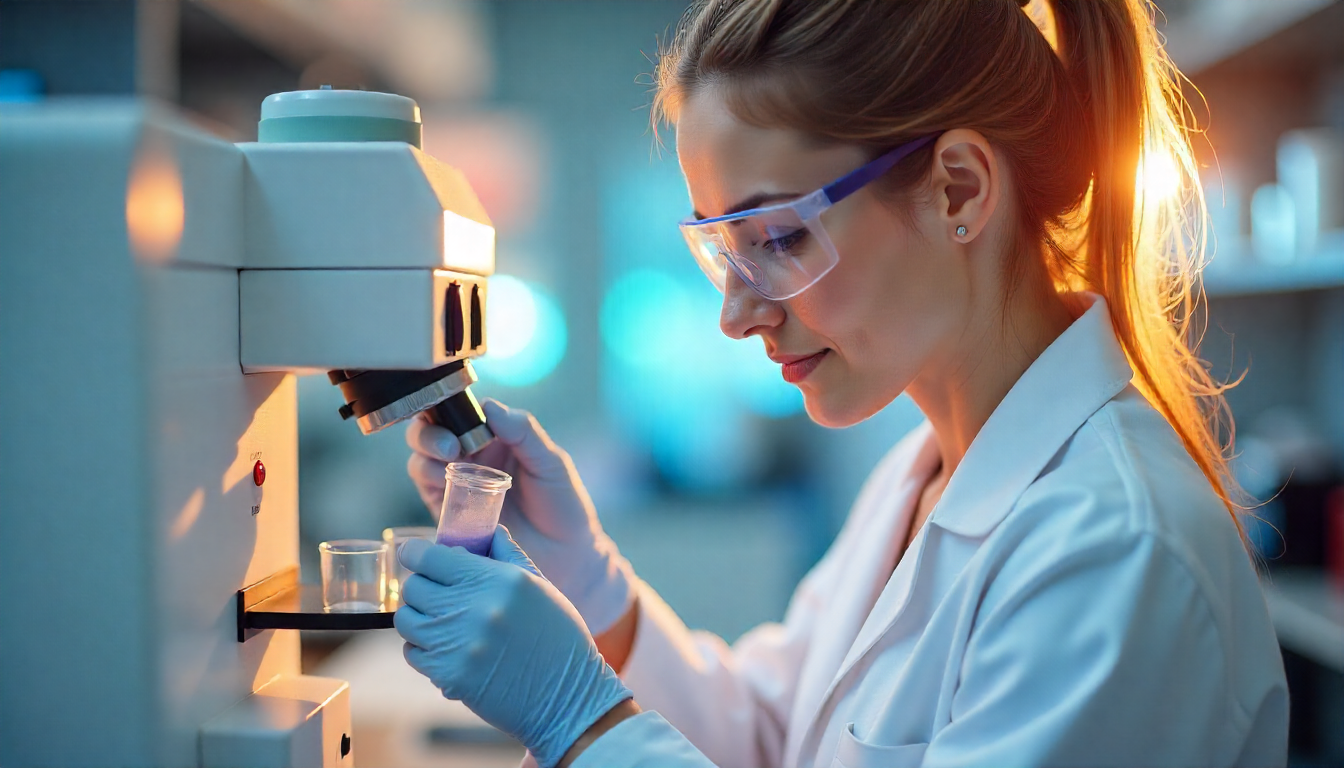Mycotoxin Testing
Mycotoxins are toxic secondary metabolites produced by certain molds (fungi) that grow on food and agricultural products under humid and unsanitary conditions.
Safety
Our Mycotoxin Testing Laboratory is equipped with advanced techniques such as HPLC, LC-MS/MS, and ELISA to detect and quantify these toxins at extremely low levels. We ensure compliance with FSSAI, Codex Alimentarius, EU, and USFDA regulatory standards.
Shriram Institute for Industrial Research (SRI) offers comprehensive analyses Mycotoxins are naturally occurring toxins produced by certain moulds (Fungi) and can be found in food. The moulds grow on a variety of different croups and foodstuffs including cereals, nuts, spices, dried fruits, apples and coffee beans, often under warm and humid conditions. Mycotoxins can cause a variety of adverse health effects and pose a serious health threat to both humans and livestock even at low concentrations. The adverse health effects of Mycotoxins range from acute poisoning to long-term effects such as immune deficiency and cancer.
Shriram Institute for Industrial Research (SRI) offers comprehensive analyses Mycotoxins are naturally occurring toxins produced by certain moulds (Fungi) and can be found in food. The moulds grow on a variety of different croups and foodstuffs including cereals, nuts, spices, dried fruits, apples and coffee beans, often under warm and humid conditions. Mycotoxins can cause a variety of adverse health effects and pose a serious health threat to both humans and livestock even at low concentrations. The adverse health effects of Mycotoxins range from acute poisoning to long-term effects such as immune deficiency and cancer.
Frequently Asked
Q1. What are mycotoxins, and why are they harmful?
Mycotoxins are toxic substances produced by certain molds found in food and agricultural products. They can cause serious health problems including liver damage, cancer, and immune suppression.
Q2. Which food products are most at risk of mycotoxin contamination?
Commonly affected items include cereals, spices, nuts, dried fruits, coffee, animal feed, and dairy products.
Q3. What testing methods do you use?
We use advanced techniques like HPLC (High-Performance Liquid Chromatography), LC-MS/MS (Liquid Chromatography–Mass Spectrometry), and ELISA (Enzyme-Linked Immunosorbent Assay) for accurate results.




Function
The primary function of mycotoxin testing is to detect, identify, and quantify toxic fungal metabolites (mycotoxins) in food and feed products to ensure consumer safety, regulatory compliance, and product quality.
Customers talk about the project
Pastor Steve Nickodemus
Lead – Industrial Materials Division
Highly professional, detail-driven, and reliable scientific institute. The team demonstrated excellent technical knowledge. We couldn't have asked for more dependable partners in our testing and R&D efforts. Their reports were accurate, delivered on time, and helped us meet strict regulatory requirements with ease. It’s rare to find such precision and commitment in every project milestone.
Pastor Steve Nickodemus
Lead – Industrial Materials Division
Highly professional, detail-driven, and reliable scientific institute. The team demonstrated excellent technical knowledge. We couldn't have asked for more dependable partners in our testing and R&D efforts. Their reports were accurate, delivered on time, and helped us meet strict regulatory requirements with ease. It’s rare to find such precision and commitment in every project milestone.
Pastor Steve Nickodemus
Lead – Industrial Materials Division
Highly professional, detail-driven, and reliable scientific institute. The team demonstrated excellent technical knowledge. We couldn't have asked for more dependable partners in our testing and R&D efforts. Their reports were accurate, delivered on time, and helped us meet strict regulatory requirements with ease. It’s rare to find such precision and commitment in every project milestone.


